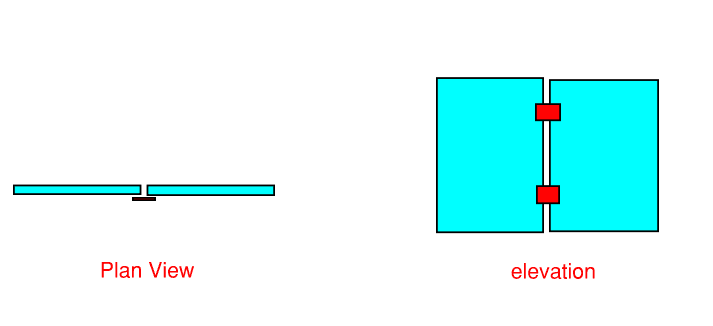LimeVta
Structural
- Jun 27, 2021
- 2
In my model, I leave gaps between precast panels. Now I have the analysis results and wondering how to design the typical precast cast-in plate between panels that are commonly seen in buildings as shown below.
Do we really need these cast-in plates since I model them separately in my analysis? (what happens if I don’t use these connections at all?) If yes, how do you design them, what forces should I design them to and why?

Can anyone please shed some light on this or provide some design examples? Thank you.
Do we really need these cast-in plates since I model them separately in my analysis? (what happens if I don’t use these connections at all?) If yes, how do you design them, what forces should I design them to and why?

Can anyone please shed some light on this or provide some design examples? Thank you.
